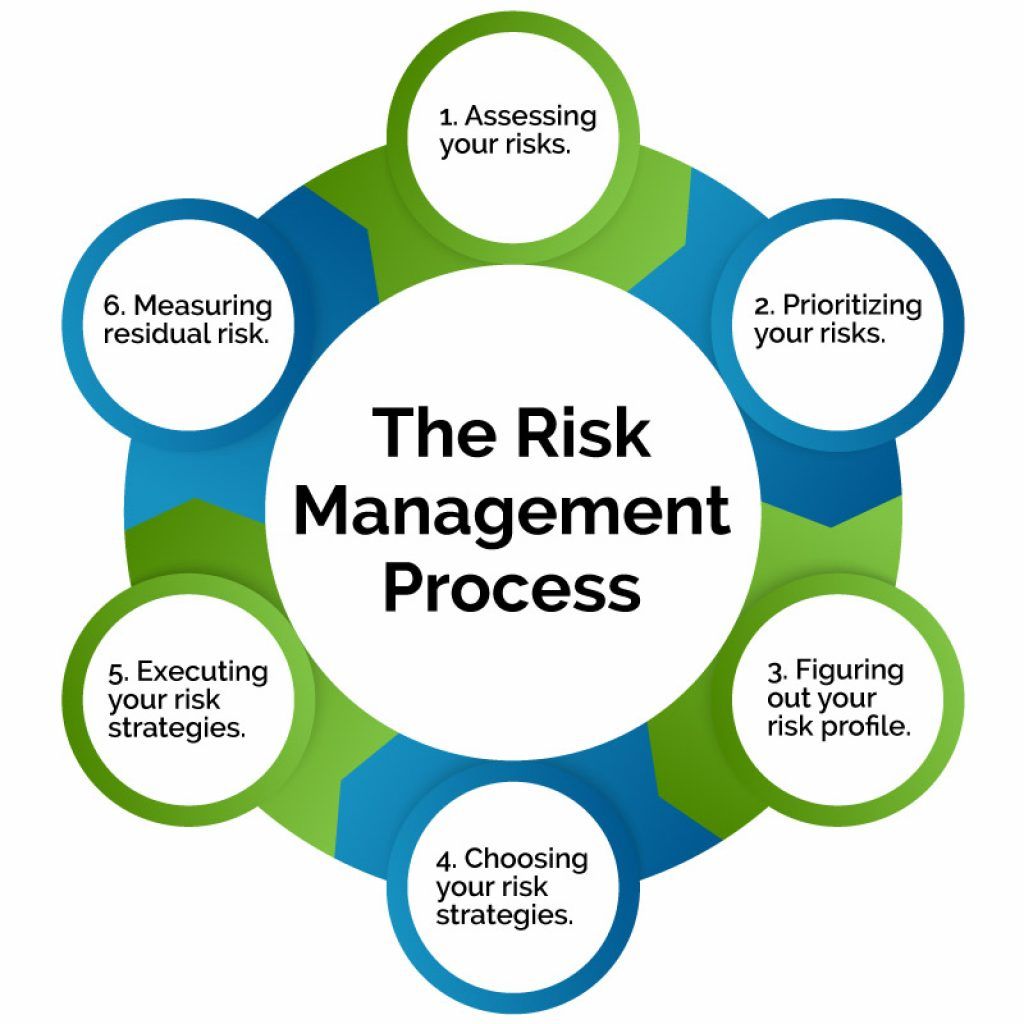
Contents
- 1 Why Having a Risk Management Plan is Important for Small Businesses
Why Having a Risk Management Plan is Important for Small Businesses
Taking the plunge and starting your own small business isn’t for everyone. Have you ever wondered why? One reason is security. If the business you work for goes under, you’ll only have to find a new job. But if your own business fails, you stand to lose much more. Starting a small business is a risky endeavor.
All businesses, big and small, face potential risks. But small business owners are especially vulnerable. Every loss of money can potentially cripple a small company, which is not the case for large corporations.
That’s why creating a risk management plan is essential for any small business owner.
What is risk management?
Risk management is a process that involves identifying, evaluating, and dealing with business risks.
Did you know that 42% of startups fail due to no market demand? This risk should have been identified from the start, but many businesses neglect proper market research.
A good risk management plan helps your business expose itself to minimal risk. It enables you to set up procedures that avoid avoidable risks and minimize the impact of unavoidable risks.
Risk management is an ongoing process that requires continuous evaluation and adjustment as your business changes and grows.
How to create an effective risk management plan
To create a strong risk management plan for your small business, you need to take three main steps: identification, evaluation, and mitigation.
Identification
Make an exhaustive list of potential risks that can affect your business. These risks can be related to your business strategies, day-to-day operations, compliance, reputation, finances, and more.
Evaluation
Analyze the likelihood and severity of each identified risk. This understanding helps you decide how to mitigate them.
Mitigation
Recommend concrete actions to address each identified risk in your plan.
Remember, risk management is a continuous process that requires monitoring and adjustment to ensure your business is always protected.
Common risk management tactics
Once you’ve identified and evaluated your risks, you must decide how to face and tackle each one. The most commonly employed tactics are:
Risk avoidance
Avoid risks that could cause significant financial damage to your business if they don’t pan out. Continuously revisit risks to reassess their potential impact.
Risk reduction
Make risks less risky by taking smaller, calculated steps. For example, experiment with new ice cream flavors before introducing entirely new products.
Risk acceptance
Define risks that can’t cause significant damage to your business as acceptable. Acceptance is the best approach for low-impact risks.
Transference of risk
Transfer risk by purchasing business insurance. It helps mitigate various risks that can’t be avoided.
The role of insurance in risk management
After identifying and evaluating risks, you can determine which risks should be transferred to an insurer. A Business Owner’s Policy (BOP) is a common insurance bundle for small businesses. It includes general liability insurance, property insurance, and business interruption insurance.
General liability
Covers claims related to third-party property damage or bodily injury. It protects your business from legal costs and settlements.
Commercial property insurance
Covers property, inventory, and equipment damage caused by various risks such as weather damage, natural disasters, or fires.
Business interruption insurance
Covers expenses like loss of income, wages, rent, and loans during a significant business interruption.
Remember, insurance needs vary for each business. Consult an experienced broker to get appropriate coverage recommendations for your specific industry.
The benefits of proper risk management
A good risk management plan not only helps avoid negative impacts but also has positive effects on your business:
Better finances
Protecting your business from potential pitfalls improves financial stability. It also makes it easier to secure loans.
A stronger brand
Proactive risk management projects professionalism and dedication to success, strengthening your brand reputation.
Increased efficiency
Risk evaluation can uncover areas of inefficiency in your business operations. Identifying and fixing these issues improves product/service quality and financial processes.
A risk management plan is vital for business success
Creating a risk management plan helps you understand your business better. It also demonstrates your commitment to protecting your business, employees, partners, and customers.
Remember, the added benefits of creating and implementing a risk management plan emphasize its importance. Regularly update the plan as your business evolves over time.
Hello!
I’m Andrew Brooks, a seasoned finance consultant from the USA and the mind behind phonenumber247.com.
My career is built on a foundation of helping individuals and businesses thrive financially in an ever-changing economic landscape. At phonenumber247.com, my aim is to demystify the complex world of finance, providing clear, actionable advice that can help you navigate your financial journey with confidence. Whether it’s personal finance management, investment strategies, or understanding the nuances of market dynamics, I’m here to share insights and tools that can propel you towards your financial goals.
Welcome to my digital space, where every piece of advice is a step closer to financial clarity and success!
